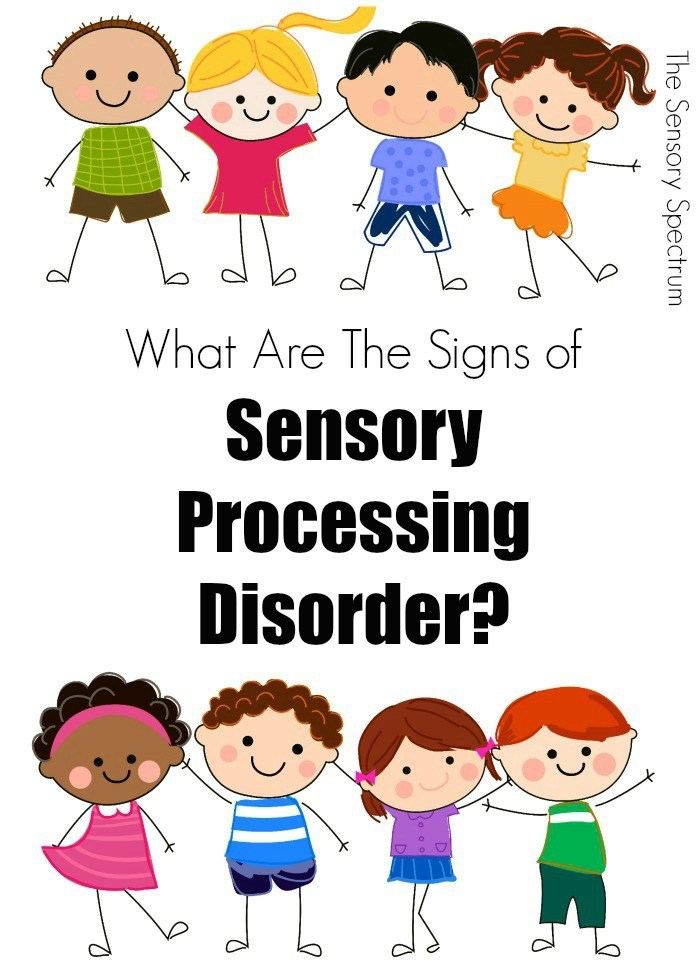Blog
Sensory Processing Disorders
A person with a sensory processing disorder may be unable to respond “appropriately” to ordinary experiences. This disorder makes it difficult to integrate information from the five senses (sight, hearing, touch, smell, and taste), in addition to the sense of movement (vestibular system), and/or the awareness of the body’s position in space (proprioception).
Sensory processing is the procedure in which we take in messages from our bodies and our surroundings.

When sensory processing is typical, we interpret these messages and organize purposeful responses. Individuals with a sensory processing disorder have difficulty interpreting these sensory messages.
Individuals with a sensory processing disorder may sense information normally, but the information is perceived abnormally and may cause discomfort, pain, or confusion.
A person with a sensory processing disorder finds it difficult to process and act upon information received through the senses, which creates challenges in performing activities of daily living.
An individual with a sensory processing disorder may exhibit the following characteristics:
- Hypersensitivity
- Hyposensitivity
- Difficulty self-regulating (experience an activity level that is unusually high or unusually low)
- Decreased proprioceptive awareness (difficulty knowing where one’s body is in space)
- Easily distracted
- Physical clumsiness
- Apparent carelessness
- Impulsivity
- Difficulty making transitions from one situation to another
- Poor self concept
- Lacking in self-control
- Social and/or emotional problems
- Inability to self-soothe
- Delays in speech, language, motor skills, and/or academic achievement
What causes sensory processing disorders?
There is no known direct cause of sensory processing disorders; however, a discrepancy in the sensory integration process is the root of this disorder. The mid-brain and brainstem regions of the central nervous system are early centers in the processing pathway for sensory integration.
Prenatal/birth complications and environmental factors, as well as other disorders, such as autism spectrum disorder, may increase the risk of a sensory processing deficit/disorder.
Sensory Processing and Speech
Individuals with sensory processing disorders often have speech and language impairments.
Speech and language development requires several foundational processes including the integration of auditory and visual stimuli, motor planning, and proprioceptive knowledge of the body in space.
Difficulties in these and other areas of sensory processing can negatively affect speech and language development.
Treatment for Sensory Processing Disorders
Sensory processing disorders may be assessed and diagnosed by occupational therapists, neurologists, and/or developmental pediatricians.
Treatment for sensory processing disorders is usually provided by occupational therapists. Treatment focuses on integrating a variety of senses including sight, sound, smell, touch (tactile sense), proprioceptive sense, and vestibular senses.
Goals for sensory integration therapy are unique to each child and vary greatly depending on the child’s specific difficulties and challenges.
Areas of treatment may address:
- Gross motor skills
- Fine motor skills
- Motor planning
- Postural control
- Coordination
- Balance
- Strength
Ashley DiGregorio MA CF SLP TSSLD




